Blogs & News
We are focus on automotive wiring harness & connectors technology.
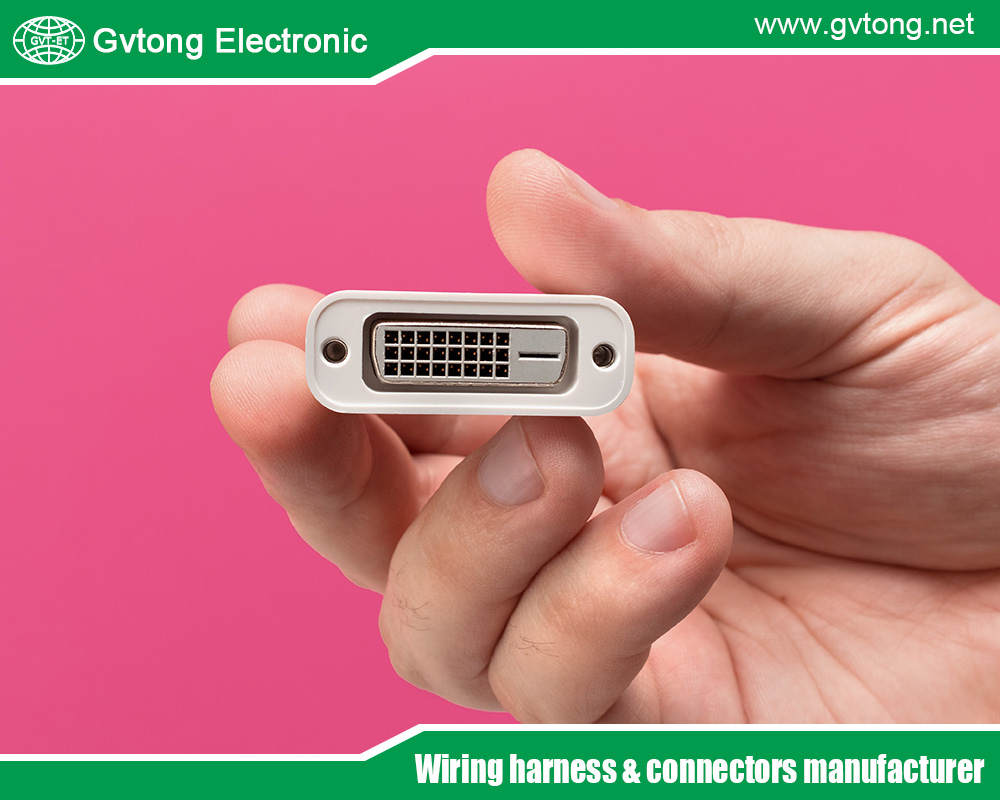
Comprehensive Guide To Automotive Waterproof Low Voltage Connectors
- Gvtong Electronic
- automotive electrical connectors waterproof, automotive waterproof electrical connectors, automotive waterproof low voltage connectors manufacturer, Best waterproof low voltage wire connectors, Low voltage connectors waterproof 12v, Low voltage connectors waterproof automotive, Low voltage wire connectors Outdoor, OEM/ODM for Automotive Connectors, Stable and Reliable Low Voltage Connectors, Waterproof Connector and Cable Products, waterproof electrical connectors 120v, waterproof electrical connectors 12v, waterproof electrical connectors 240v, waterproof plug and socket connector, Wire Connectors for Automotive and Electrical Use
- No Comments
Comprehensive Guide To Automotive Waterproof Low Voltage Connectors
In the automotive industry, electrical connectors are indispensable for ensuring the reliable operation of a vehicle’s numerous systems. Among these, waterproof low voltage connectors stand out due to their ability to perform under the harsh environmental conditions that vehicles frequently encounter—rain, snow, dust, and road debris. These connectors are specifically designed to maintain secure electrical connections while preventing moisture and contaminants from disrupting critical systems.
Typically operating at 12V or 24V, which are standard voltages for most automotive applications, waterproof low voltage connectors are vital for powering everything from lights and sensors to control units. This guide offers a detailed exploration of these connectors, including their types, design features, applications, industry standards, selection considerations, installation and maintenance tips, and emerging trends. Whether you’re an automotive engineer, technician, or enthusiast, this article will provide you with the knowledge to understand and work with these critical components effectively.
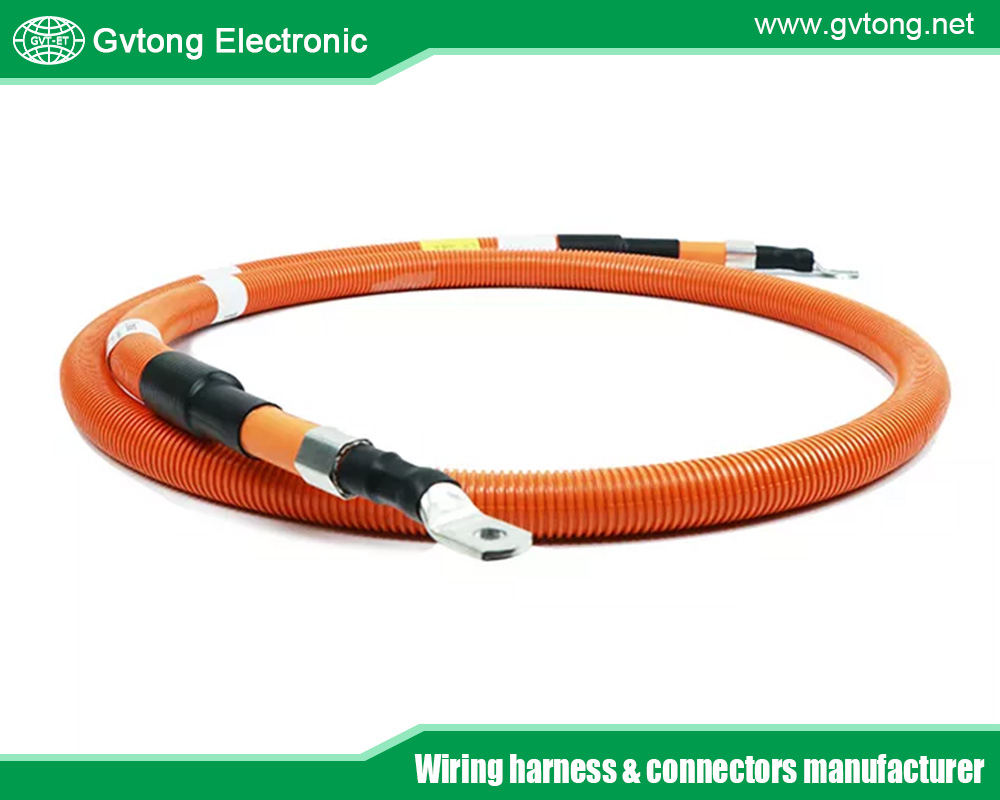
Why Waterproof Low Voltage Connectors Matter
Vehicles operate in diverse and often unforgiving environments. Exposure to water, dirt, and temperature extremes can compromise unprotected electrical connections, leading to system failures, safety hazards, or costly repairs. Waterproof low voltage connectors address these challenges by ensuring that electrical systems remain functional and reliable, even when submerged in water or subjected to high-pressure washing. Their role is especially critical in modern vehicles, where electronics control everything from engine performance to advanced driver-assistance systems (ADAS).
Types of Waterproof Low Voltage Connectors
There are several types of waterproof connectors tailored for automotive low voltage applications, each designed to meet specific needs. Here’s an overview of the most common types:
Sealed Connectors
These connectors use sealing mechanisms like O-rings or gaskets to block water and contaminants. They’re ideal for areas exposed to direct water spray or temporary submersion, such as undercarriage wiring or external sensors.
Weatherproof Connectors
While not fully waterproof, these connectors resist rain, snow, and dust with protective covers or housings. They’re suitable for less extreme conditions, like interior compartments exposed to occasional moisture.
IP-Rated Connectors
Rated under the Ingress Protection (IP) code, these connectors specify their resistance to solids and liquids. For automotive use, IP67-rated connectors—which protect against dust and immersion up to 1 meter—are widely used.
Circular Connectors
Known for their durability and ability to withstand vibrations, circular connectors are common in automotive applications. Waterproof variants often feature robust sealing and locking systems, making them perfect for rugged environments.
Rectangular Connectors
These connectors offer high-density contact arrangements, making them ideal for space-constrained areas. Waterproof versions are available with seals to protect against environmental hazards.
Choosing the right type depends on factors like exposure level, space availability, and the number of connections required.
Design and Construction
The effectiveness of waterproof low voltage connectors lies in their thoughtful design and robust construction. Key features include:
Sealing Mechanisms
Silicone or rubber O-rings, gaskets, and seals create a watertight barrier between the connector housing and its mating part, preventing ingress of water and dust.
Housing Materials
Connectors are typically made from corrosion-resistant materials like plastic, aluminum, or stainless steel. These materials ensure durability and resistance to environmental wear.
Contact Design
Electrical contacts are often gold-plated or made from corrosion-resistant alloys to maintain conductivity in moist conditions. The design ensures a secure connection despite environmental challenges.
Locking Mechanisms
Features like bayonet locks, screw locks, or push-pull locks keep the connection secure, resisting vibrations and accidental disconnection common in vehicles.
Cable Glands and Strain Relief
For connectors with cables, cable glands seal the entry point, while strain relief features protect against mechanical stress, enhancing longevity.
These elements are engineered to endure temperature swings, vibrations, and exposure to automotive fluids like oil or coolant, ensuring reliable performance over time.
Applications in Automotive Systems
Waterproof low voltage connectors are integral to various vehicle systems. Here are some key applications:
Lighting Systems
Exterior lights—headlights, taillights, and fog lights—rely on waterproof connectors to function in wet conditions.
Sensors
Sensors for temperature, pressure, or proximity, often located in exposed areas, use these connectors to maintain accuracy and reliability.
Control Units
Electronic Control Units (ECUs) managing engine, transmission, or braking systems depend on waterproof connectors for uninterrupted data and power transmission.
Wiring Harnesses
These connectors link wiring harnesses that distribute power and signals, especially in moisture-prone areas like the engine bay.
Battery Systems
In electric and hybrid vehicles, waterproof connectors ensure safe operation of battery management systems.
Infotainment Systems
Audio, navigation, and communication systems in off-road or convertible vehicles may require waterproof connectors for durability.
Their widespread use underscores their importance in maintaining vehicle safety and functionality.
Industry Standards and Testing
To guarantee performance, waterproof connectors must meet rigorous standards and pass extensive tests. Key standards include:
ISO 20653
This standard defines protection levels for electrical equipment against solids and liquids, applicable to automotive connectors.
SAE J2030
Issued by the Society of Automotive Engineers (SAE), this standard specifies test methods for electrical connectors, including waterproofing assessments.
IP Code
The IP67 rating is a common benchmark, ensuring dust-tightness and water resistance up to 1 meter of immersion.
Testing procedures include:
Immersion Testing: Submerging connectors to verify no water penetrates.
Spray Testing: Simulating heavy rain or pressure washing with water jets.
Dust Testing: Confirming resistance to particulate ingress.
Temperature Cycling: Checking performance across extreme temperatures.
Vibration Testing: Ensuring stability under vehicle-like vibrations.
Compliance with these standards ensures connectors can handle real-world automotive conditions.
Selection Criteria
Choosing the right waterproof low voltage connector requires evaluating several factors:
Voltage and Current Rating
Confirm the connector supports 12V or 24V and the system’s current needs.
Environmental Conditions
Match the connector’s IP rating or sealing to the expected exposure (e.g., submersion vs. light rain).
Temperature Range
Ensure compatibility with the vehicle’s operating temperature extremes.
Mechanical Stress
Select connectors with robust locking and construction for areas with vibrations or impacts.
Space Constraints
Choose a connector size and shape (circular or rectangular) that fits the available space.
Number of Contacts
Verify the connector supports the required number of pins or wires.
Ease of Installation
Opt for designs that simplify connection, especially in tight spaces.
Cost
Balance performance with budget, selecting a cost-effective yet reliable option.
Careful consideration of these factors ensures optimal performance and longevity.
Installation and Maintenance Tips
Proper installation and upkeep are essential for maximizing connector performance. Follow these guidelines:
Adhere to Manufacturer Instructions
Use the provided guidelines for assembly and sealing.
Check Seals and Gaskets
Inspect for damage or misalignment before installation to prevent leaks.
Use Proper Tools
Employ recommended tools to avoid damaging the connector.
Avoid Over-Tightening
Tighten locking mechanisms appropriately to protect seals and housing.
Keep Clean During Installation
Prevent dirt or debris from entering, which could compromise the seal.
Conduct Regular Inspections
Check for wear, corrosion, or damage, especially in high-exposure areas.
Clean as Needed
Use manufacturer-approved solvents to remove dirt without harming the connector.
Replace Damaged Components
Promptly swap out worn or broken parts to maintain reliability.
These practices reduce the risk of failures and extend connector life.
Future Trends
The evolution of automotive technology is shaping the future of waterproof low voltage connectors. Emerging trends include:
Miniaturization
Smaller connectors are in demand to accommodate the growing complexity of vehicle electronics in limited spaces.
Advanced Materials
New plastics and alloys improve durability and resistance to harsh conditions.
Smart Connectors
Integrated sensors enable real-time monitoring of connection health.
Wireless Influence
While wireless systems reduce some connector needs, waterproof connectors remain critical for power and essential wiring.
Sustainability
Eco-friendly materials and manufacturing processes are gaining traction.
Autonomous Vehicles
Self-driving cars require ultra-reliable connectors for complex sensor and control networks.
These advancements ensure connectors keep pace with automotive innovation.
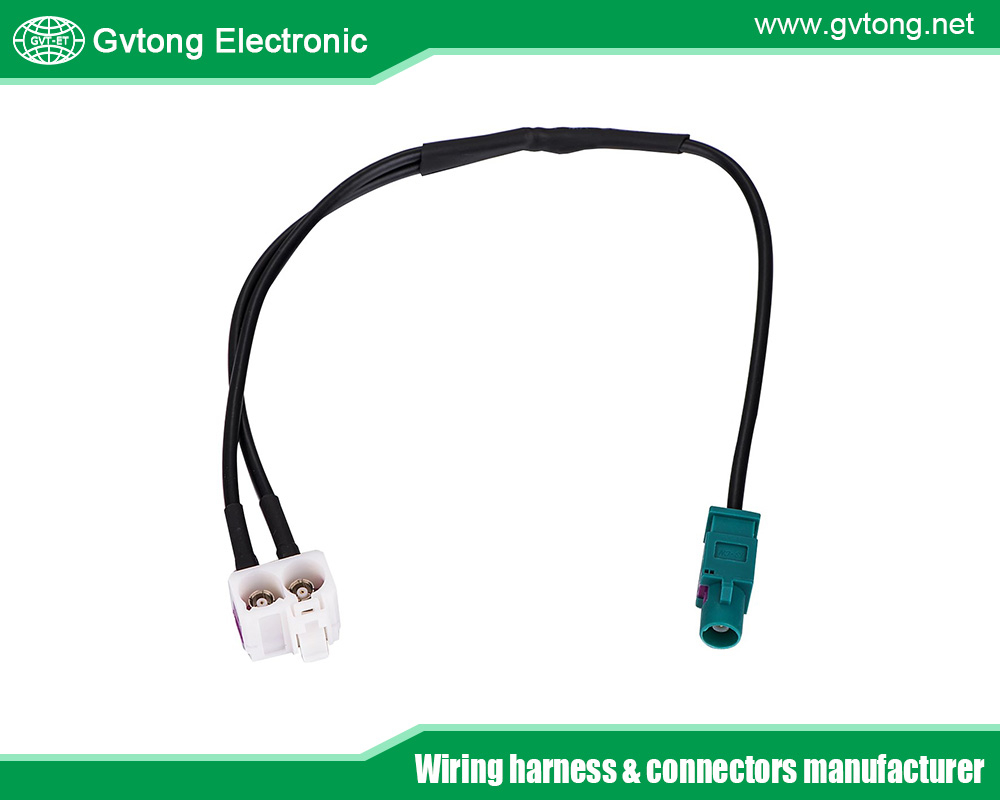
Conclusion
Waterproof low voltage connectors are a cornerstone of automotive electrical systems, delivering reliability in challenging conditions. This guide has explored their types, design, applications, standards, selection, installation, maintenance, and future directions, providing a holistic understanding of their role.
For professionals and enthusiasts alike, mastering these connectors enhances vehicle safety, performance, and durability. As automotive technology advances, staying informed about these components will remain essential, ensuring they meet the demands of tomorrow’s vehicles.
For more about comprehensive guide to automotive waterproof low voltage connectors, you can pay a visit to Gvtong at https://www.gvtong.net/ for more info.
Recent Posts
The Best GR Series-Circular Connectors Manufacturer
The Best GD Series Combined Power Connector Manufacturer
A Guide to Selecting the Best GH Series Plastic Connector Manufacturer
How High Pressure Connectors Work?
The Best Automotive Connector Companies
Tags
Recommended Products
-
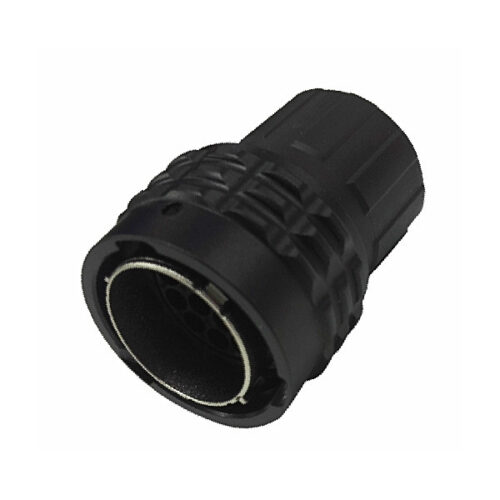
GR Series-19-core 16# circular signal connector
-
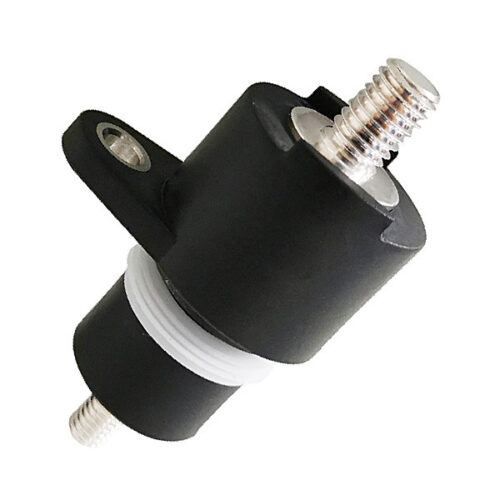
GH Series-DCDC Wall Terminal – Double Thread
-
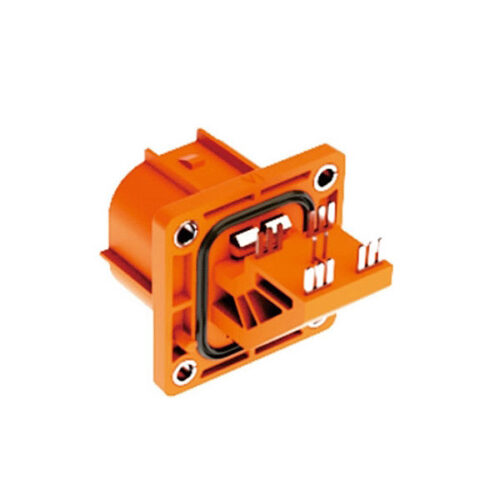
High voltage connector (4 cores)
-
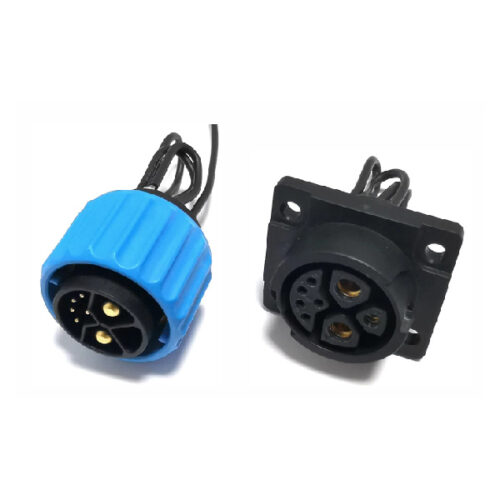
GD Series – Combined Power Connector – (2+1+5) Cores
-

Signal connector-4 core-16#
-
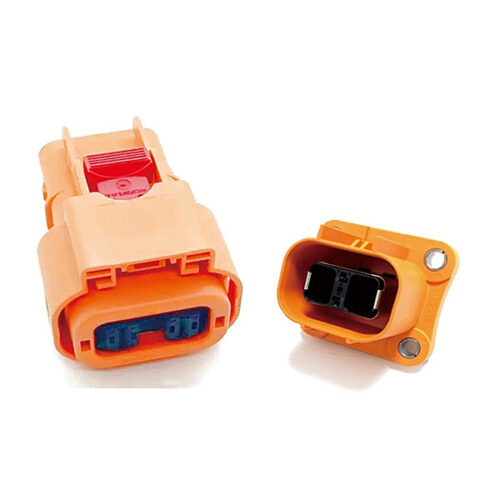
High voltage connector (2 cores)
-
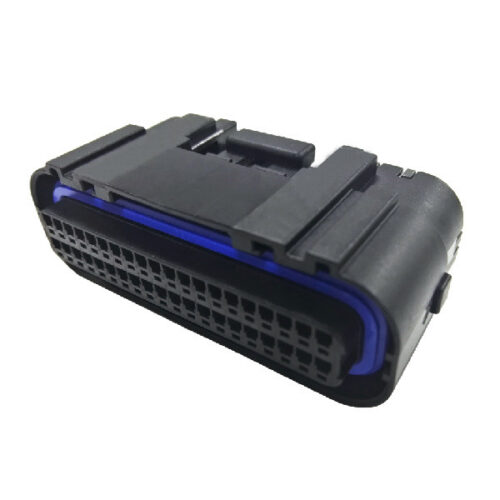
GE Series-34/40-core double-row signal connector
-
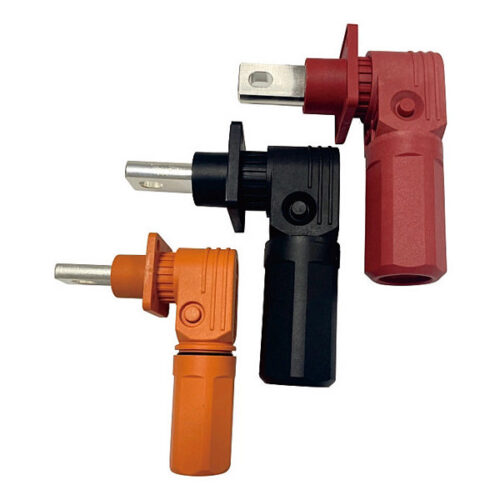
Energy storage connector 10.0mm
